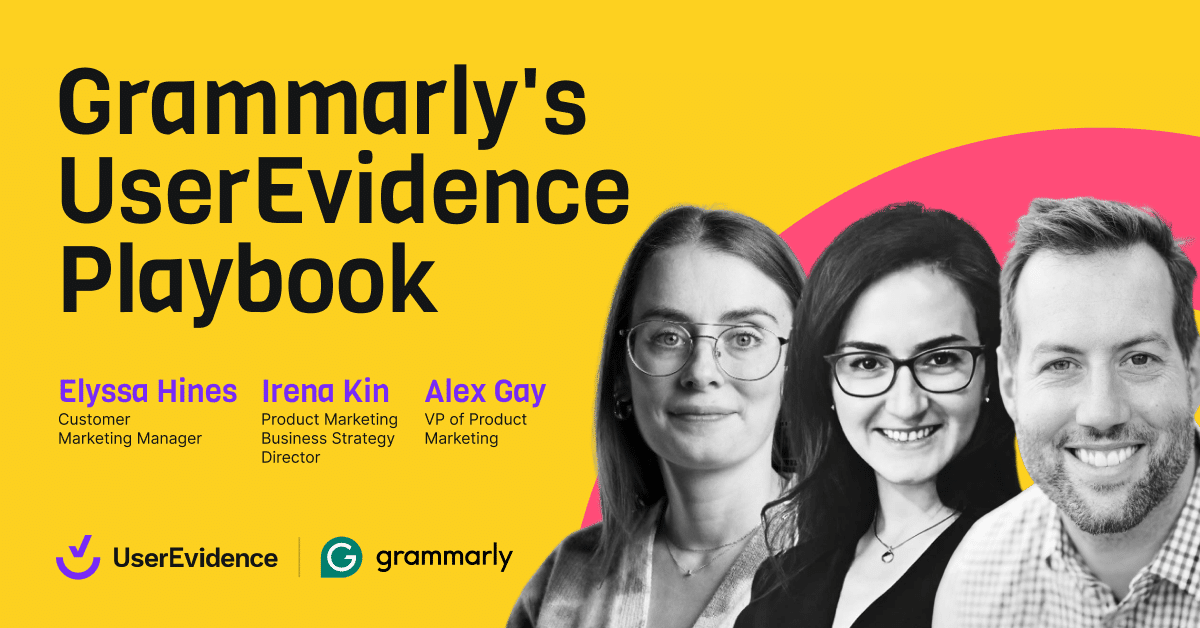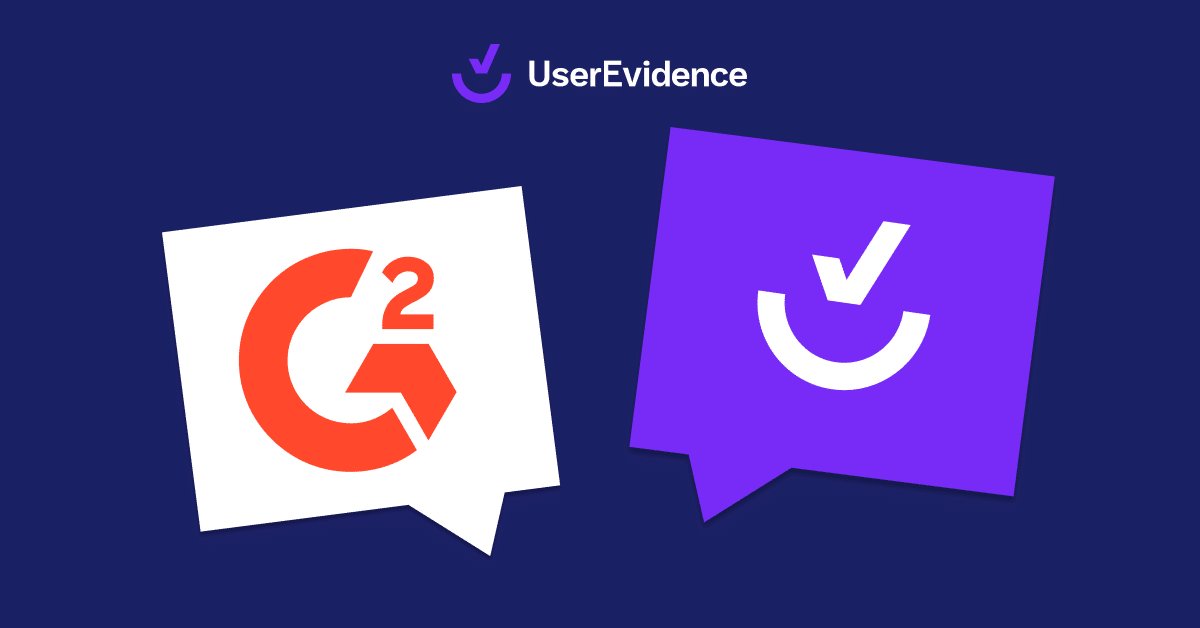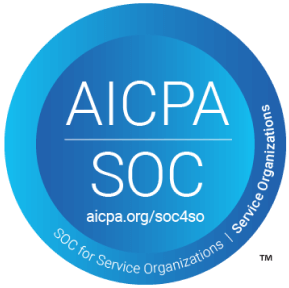The nightmare scenario for marketers: You pour time and effort into writing a high-priority customer survey. You obsess over every question — stare at them until the screen goes fuzzy. Finally, you hit send and sit back, waiting for a stack of responses to roll in.
Then . . . crickets . . .
Or maybe you get responses, but they aren’t what you need. Either way, you’re left wondering, “What went wrong?”
This is an all-too-common scenario. One that holds marketing teams back from the customer evidence they need to build trust and win deals.
So, let’s troubleshoot. Let’s get to the root cause of what’s holding your customer surveys back. Here are 5 common survey pitfalls and how to avoid them.
1. Your survey was too long
Nobody has the time or patience for a 20-question survey.
Sure, they may open your email. They might even start the survey. But the second they get bogged down or frustrated, they’re likely to bounce.
And then you have nothing.
Spot the problem
For starters, look at your question length.
Most successful surveys stay in the 5-13 question range.
It’s also important to consider the question type. Having more than 3 “testimonial” questions, for example, can cause people to abandon your survey because it’s just too much.
Remember: Every survey should be as short and relevant as possible.
Spin up a solution
Prioritize your efforts.
To protect your customer’s time — and your sanity — invest time to understand what you need to know and why you need to know it.
Ask these questions:
- What’s our main goal with this survey?
- Can we get information from other sources?
- Are there questions that are redundant or overlap?
- How much total time will it take to complete this survey?
P.S. To see this prioritization exercise in action, check out this write-up where UserEvidence’s Mark Huber creates his first survey.
Take it to the next level
Build an internal survey schedule, documenting your plans for the next 6-12 months. Use this schedule to prioritize questions and limit the number of surveys you’re asking each audience to complete.
2. Your survey was confusing
Confusion is the quickest way to lose someone’s attention.
Even if they want to help — or take advantage of the incentive — if your customer can’t understand the instructions or questions, they’re going to pack it in. Worse, they might walk away from your survey with a sour opinion of the company.
Spot the problem
Look at your data for answers.
High drop-off rates or incomplete responses may signal that your questions or audience selection missed the mark. If respondents aren’t finishing the survey or are skipping questions, it’s a strong indication that something’s off.
Another red flag is inconsistent answers. If you’re receiving a lot of contradictory or irrelevant responses, it could mean that your questions are too confusing or open-ended.
Spin up a solution
It’s time to bring in an outside opinion.
One of the best ways to lock down clarity is to have someone unfamiliar with the survey review it. Fresh eyes can catch ambiguities and confusing wording that you might miss.
Ask your colleagues to look for:
- Ambiguous questions
- Unclear instructions
- Jargon-filled language
- Consistency and logical flow
Take it to the next level
Include opt-out responses like “I don’t know” and “Not applicable.” These options allow survey participants to continue providing feedback without getting slowed down by confusing or off-target questions.
3. You didn’t provide any incentive for respondents
Time is money. And your survey is no different.
For example, let’s say you’re sending a survey to a group of Senior Directors. With a little back-of-the-napkin math, we can quickly figure out this audience makes hundreds of dollars per hour. A 10-minute survey may be the equivalent of dinner at a downtown restaurant.
But you may be thinking, “Doesn’t offering an incentive skew the answers?”
The short answer is no. Even with an incentive, you’re still asking for honest feedback from participants. This offer of value simply shows you respect your respondents’ time.
Spot the problem
Ok, so your email open rate is strong, but nobody’s filling out the survey.
It might be time for an incentive.
Incentives reduce friction by giving your customers something in exchange for their time. They also send an important message — Your time is valuable to us.
Spin up a solution
Attach a simple incentive to your survey.
Recognize the time (and money) your customers are investing to give you feedback. Then, provide something meaningful in return.
Here are some options:
- Gift cards
- Exclusive content
- Donation to charity
- Exclusive event invites
- Early access to features
- Product or service discounts
Take it to the next level
Ratchet up incentives as your drip campaign continues. Start with a basic ask, then continue adding more enticing rewards or benefits as the campaign progresses. This approach will help you capture more participants with each email.
4. Your subject line didn’t grab attention
The average professional receives 120 emails every day (according to HBR). This means your customers are slammed with messages competing for their attention.
If your subject line doesn’t grab them, they’ll never open your email. And if they never open your email, they’ll never take your survey. Simple as that.
Spot the problem
Good news: There’s an easy way to tell if the subject line is your problem.
Look at your open rate.
The average B2B open rate hovers between 15-22%. So, pull up your email client and check the data. If you’re at or below this average, it’s time to rework your subject line to get more clicks.
Spin up a solution
How do you write a strong subject line?
Make it clear and compelling. Clarity means your reader knows exactly what they’ll get from the email before they ever click on it. And compelling means you’ve piqued their interest or given them an incentive.
Here are some pro tips:
- Keep your subject line around 50 characters
- Use “power” words and active voice to deliver your message
- Make it personal, if possible (spoiler: It’s almost always possible)
- A/B test subject lines to see which message resonates with your audience
Take it to the next level
Make it personal. Work with your customer success team to send highly individualized emails — including a standout subject line — to specific customers who would benefit from your survey. This 1:1 approach not only grabs their attention but also makes them feel valued and important.
5. You didn’t sell the survey strong enough upfront
What’s in it for me?
When your customer opens an email, this is the first (and probably only) thing they’re thinking. The fun and insightful acronym WIIFM explains why survey responses are notoriously low — even compared to other types of B2B emails.
You benefit from the survey. But what about your customer?
Spot the problem
A sure sign WIIFM is missing from your survey:
There’s too much “me” language.
When your email only lists the benefits of the survey from your perspective — or doesn’t list any benefits at all — you’re asking something from your customer, but offering nothing in return. And, in doing so, you’re missing a valuable opportunity to make a connection.
Spin up a solution
It’s time to turn “me” language into “you” language.
Make it obvious how spending 10 minutes on your survey will improve your customer’s life in the long run.
Highlight these benefits:
- This is a chance to voice your opinion
- This is a chance to improve overall service quality
- This is a chance to influence the future of our product
Nobody wants to flush ten minutes down the drain. But exchange ten minutes for a better product or improved service — that’s a no-brainer.
Take it to the next level
Leverage social proof. Showcase testimonials or stories from previous participants who saw the impact of their feedback. Seeing that others have contributed and made a difference can motivate new participants to join in.
Want to write high-converting surveys?
Don’t write surveys from scratch. Use these survey templates created by the experts at UserEvidence to save time, write better questions, and increase your response rates.





